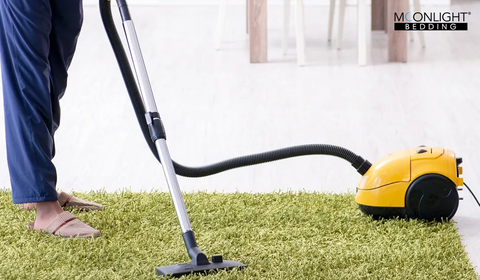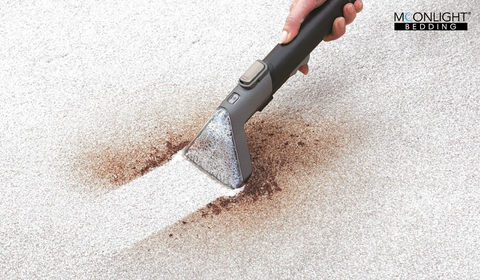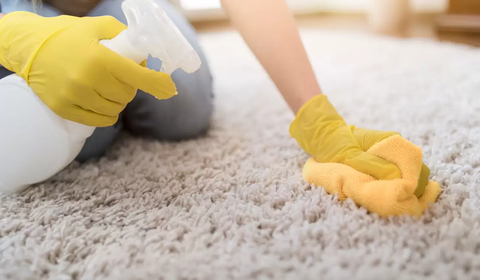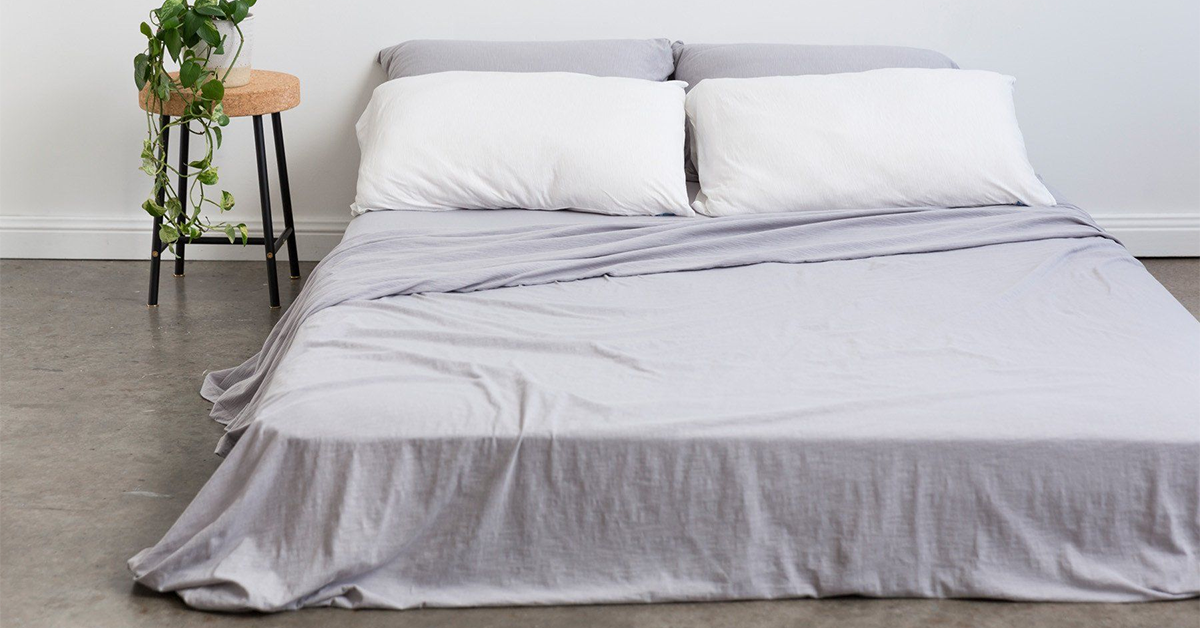How to Clean a Large Area Rug at Home?
Cleaning a large area rug may seem daunting, but with the right approach, it can be manageable. Here's a step-by-step guide to help you clean your giant area rug effectively:Step 1: Vacuum Thoroughly
Before you start any cleaning process, removing loose dirt and debris from the rug is crucial. Vacuum the entire front and back surfaces to ensure you work with a clean base.
Step 2: Spot Clean Stains
Identify any stains on the rug and treat them individually. Use a mild detergent or a specialised rug cleaner for spot cleaning. Follow the product's instructions and test it on a small, inconspicuous area first.
Step 3: Choose the Right Cleaning Solution
For a general clean, mix a solution of mild detergent and water. Ensure the detergent is suitable for your rug's material. Avoid using harsh chemicals, as they can damage the fibres and colours.Step 4: Scrub Gently
Using a soft brush or sponge, gently scrub the rug's surface with the cleaning solution. Pay extra attention to high-traffic areas and any remaining stains.Step 5: Rinse Thoroughly
After scrubbing, rinse the rug thoroughly with water. You can use a hose or take it outside and use a bucket for this step. Ensure all detergent residues are removed.Step 6: Dry Properly
Allow the rug to dry completely before bringing it back inside. Hanging it over a railing or using a clothesline is an effective way to ensure proper air circulation.
How to Deep-Clean a Rug By Hand?
Deep-cleaning your rug is essential for removing embedded dirt and allergens. Follow these steps to give your rug a thorough, hand-cleaning treatment:

Step 1: Remove Furniture
If your rug is in a high-traffic area with furniture, move the furniture out of the way to access the entire rug easily.Step 2: Vacuum and Spot Clean
Start by vacuuming the rug to eliminate loose dirt. Spot clean any visible stains using an appropriate cleaner.Step 3: Prepare the Cleaning Solution
Mix a deep-cleaning solution with mild detergent, white vinegar, and warm water. This solution helps break down dirt and eliminates odours.Step 4: Apply the Solution
Apply the cleaning solution to the rug using a sponge or soft brush. Work in small sections to ensure thorough coverage.Step 5: Scrub and Agitate
Gently scrub the rug with a brush or sponge, particularly in areas with heavy soiling. Agitate the fibres to loosen dirt and grime.

Step 6: Rinse Thoroughly
After scrubbing, rinse the rug thoroughly with clean water to remove any remaining cleaning solution.

Step 7: Dry Completely
Allow the rug to dry completely before placing furniture back on it. Depending on the rug's size and thickness, this may take some time.How to Remove Stains from Rugs?
Stains are inevitable in owning a rug, but they don't have to be permanent. Here are some practical methods for removing common rug stains:1. Coffee and Tea Stains
Blot the stain with a clean cloth to absorb excess liquid. Mix equal water and white vinegar, then apply the solution to the stain using a sponge. Blot with a clean cloth until the stain is lifted.2. Pet Stains
For pet stains, start by blotting the area with a clean cloth. Mix a solution of water and mild detergent and apply it to the stain. Blot until the stain is removed, and use an enzymatic cleaner to neutralise odours.3. Ink Stains
Dab the stain with rubbing alcohol using a clean cloth. Blot gently until the ink is lifted. Be cautious with coloured rugs, as rubbing alcohol may cause discolouration.4. Grease and Oil Stains
Sprinkle baking soda on the stain to absorb excess grease or oil. Let it sit for 15-20 minutes, then vacuum. Mix dishwashing detergent with warm water and apply it to the stain. Blot until the stain is removed.5. Wine Stains
Blot the wine stain with a clean cloth to absorb as much liquid as possible. Mix hydrogen peroxide and dish soap in equal parts, then apply the solution to the stain. Blot until the stain is lifted.Common Mistakes to Avoid
While cleaning your rug, it's essential to avoid common mistakes that can lead to damage or ineffective cleaning. Here are two mistakes to steer clear of:A. Using Harsh Chemicals
Harsh chemicals, such as bleach or strong detergents, can damage the fibres of your rug and cause discolouration. Always opt for mild, rug-friendly cleaning solutions to preserve the integrity of your rug.B. Over-wetting the Rug
Excessive moisture can lead to mould and mildew growth, especially in thick or woollen rugs. Ensure proper drying time between cleaning steps and avoid soaking the rug excessively.Rug Storage Tips
Proper rug storage is crucial for preserving its condition when not in use. Follow these tips to ensure your rugs stay in excellent shape:A. Rolling vs. Folding
When storing a rug, rolling is preferable to folding. Folding can cause creases and weaken the fibres over time. Roll the rug with the pile side facing inward to protect it.B. Choosing Appropriate Storage Conditions
Store your rug in a cool, dry place to prevent mould and mildew growth. Avoid areas with direct sunlight, as prolonged exposure can lead to fading.Conclusion
Cleaning your rug at home is a rewarding and cost-effective way to maintain its beauty and longevity. By following the proper steps, using gentle cleaning solutions, and avoiding common mistakes, you can keep your rug looking fresh for years. Additionally, implementing correct storage practices ensures your rug remains in excellent condition during periods of non-use. Take the time to understand your rug's material and follow these guidelines for a successful DIY rug-cleaning experience. Also, check How To Stop Rugs Moving On Carpet
FAQs
Q: What is the best way to clean my rug? A: The best way to clean your rug depends on its material. Generally, a mixture of mild detergent and water works well for most rugs. Always test any cleaning solution on a small, inconspicuous area first.
Q: How do you deep clean a dirty rug? A: Deep cleaning involves using a solution of mild detergent, white vinegar, and warm water. Apply the solution with a sponge or brush, scrubbing gently to remove embedded dirt. Rinse thoroughly and allow the rug to dry completely.
Q: Can I clean all rug types by myself? A: While many rugs can be cleaned at home, it's crucial to consider the material. Delicate or antique rugs may require professional cleaning. Always check the manufacturer's recommendations and test any cleaning solution on a small area.
Q: How often should I clean my rug? A: The frequency of cleaning depends on the rug's location and foot traffic. High-traffic areas may require cleaning every 6-12 months, while rugs in less-used spaces can be cleaned annually.
Q: What is the best way to remove tough stains? A: The approach to stain removal varies based on the type of stain. A mixture of water and white vinegar often works for everyday stains like coffee or pet stains. For tougher stains, consider consulting a professional cleaner for advice.


